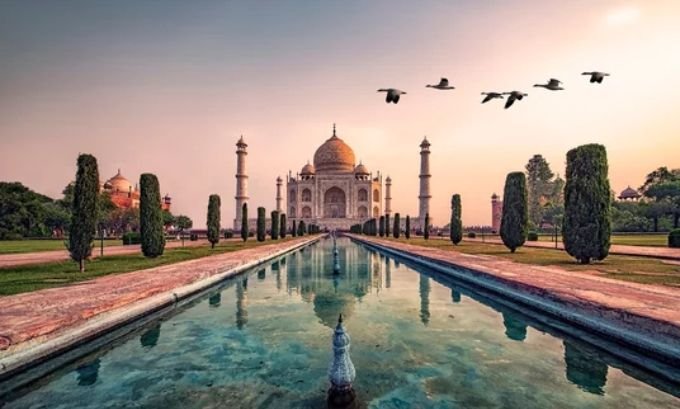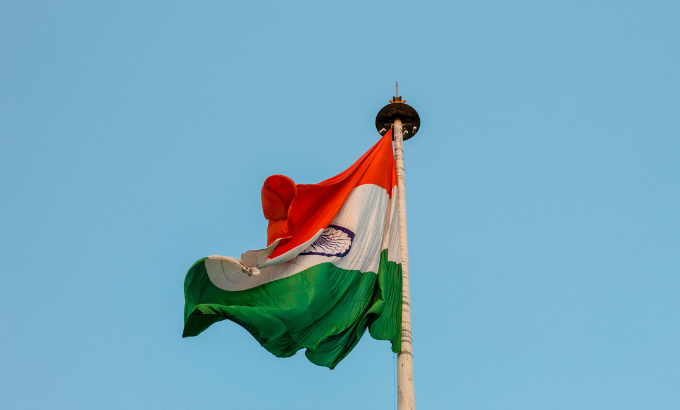Planning a trip to India or just brushing up on your geography? One of the most common questions people ask is: “How many states are in India?” The simple answer is that India is divided into 28 states and 8 union territories.
This structure creates a diverse and vibrant nation, with each state and territory having its own unique culture, history, and administrative system. Understanding this political geography is the first step to truly appreciating the complexity and richness of India. This guide will provide a clear breakdown of all the states and union territories, along with answers to frequently asked questions.
Table of Contents
India’s States and Union Territories
India’s political map is organized into two main types of administrative divisions: states and union territories.
- States have their own elected governments and are responsible for their own governance, led by a Chief Minister. They have a high degree of autonomy in managing their internal affairs.
- Union Territories are administered directly by the central government of India. Some, like Delhi and Puducherry, have partially elected legislatures and Chief Ministers, giving them a status similar to states, while others are governed directly by an administrator appointed by the President of India.
List of States in India (2024)
As of 2024, there are 28 states in India. Each one boasts its own distinct identity, language, and traditions. Below is a complete list of India’s states along with their capitals.
| State | Capital |
|---|---|
| Andhra Pradesh | Amaravati |
| Arunachal Pradesh | Itanagar |
| Assam | Dispur |
| Bihar | Patna |
| Chhattisgarh | Raipur |
| Goa | Panaji |
| Gujarat | Gandhinagar |
| Haryana | Chandigarh |
| Himachal Pradesh | Shimla (Summer), Dharamshala (Winter) |
| Jharkhand | Ranchi |
| Karnataka | Bengaluru |
| Kerala | Thiruvananthapuram |
| Madhya Pradesh | Bhopal |
| Maharashtra | Mumbai |
| Manipur | Imphal |
| Meghalaya | Shillong |
| Mizoram | Aizawl |
| Nagaland | Kohima |
| Odisha | Bhubaneswar |
| Punjab | Chandigarh |
| Rajasthan | Jaipur |
| Sikkim | Gangtok |
| Tamil Nadu | Chennai |
| Telangana | Hyderabad |
| Tripura | Agartala |
| Uttar Pradesh | Lucknow |
| Uttarakhand | Dehradun (Winter), Gairsain (Summer) |
| West Bengal | Kolkata |

List of Union Territories in India (2024)
India currently has 8 union territories. These regions are strategically, historically, or culturally significant and are therefore managed by the central government.
| Union Territory | Capital |
|---|---|
| Andaman and Nicobar Islands | Port Blair |
| Chandigarh | Chandigarh |
| Dadra and Nagar Haveli and Daman and Diu | Daman |
| Delhi (National Capital Territory) | New Delhi |
| Jammu and Kashmir | Srinagar (Summer), Jammu (Winter) |
| Ladakh | Leh |
| Lakshadweep | Kavaratti |
| Puducherry | Puducherry |
Your Questions Answered
What is the newest state in India?
The newest state in India is Telangana, which was formed on June 2, 2014, after being separated from Andhra Pradesh.
Why did the number of states change from 29 to 28?
In August 2019, the state of Jammu and Kashmir was reorganized. Its statehood was dissolved, and it was divided into two separate union territories: Jammu and Kashmir and Ladakh. This action reduced the number of states from 29 to 28.
Is Delhi a state or a union territory?
Delhi is officially the National Capital Territory of Delhi, a union territory. However, it has a special status with its own elected legislature and Chief Minister, giving it partial statehood.
Why does India have union territories?
Union territories were created for various reasons. Some were formed to protect the cultural identity of distinct groups (like Puducherry), while others have strategic importance (like the Andaman and Nicobar Islands). This structure allows the central government to directly administer these areas to ensure their stability and development.
Understanding India’s Geography
Knowing that India has 28 states and 8 union territories is more than just a trivia fact. It’s the starting point for exploring one of the most culturally diverse countries in the world. Each region offers a unique window into different languages, cuisines, and traditions, all united under one vibrant nation.
Whether you’re exploring India’s diverse regions or preparing for your next adventure, don’t forget to check out Tokyo Mart for authentic Asian groceries and travel essentials to make your cultural journey even more flavorful.


